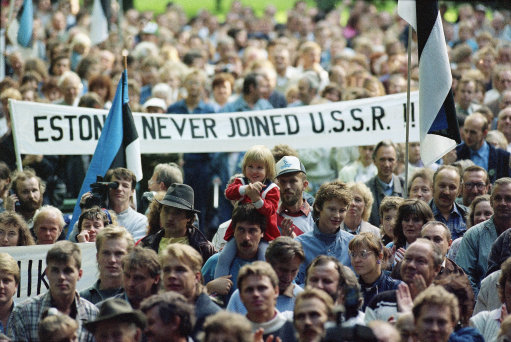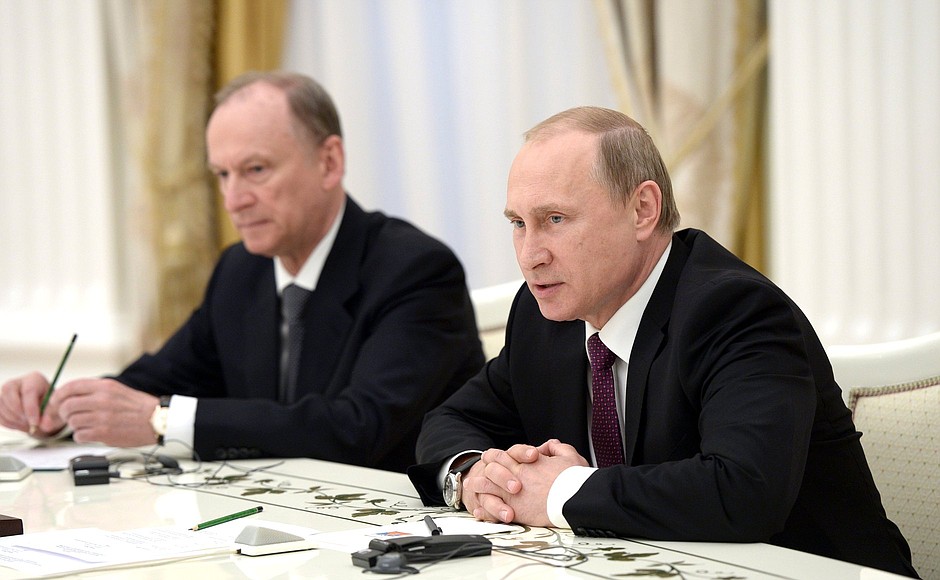
As evidence of this, he points to the following: At the end of 2013, shortly before Moscow’s Anschluss of Crimea, Tamara Guzenkova, the deputy director of the influential Russian Institute for Strategic Studies [a think tank created by Vladimir Putin to provide analytics for his decision-making, a part of his Presidential Administration apparatus - Ed.], told a group in Moscow: “You can’t even imagine how far we can go in order to preserve our positions in Ukraine.” And Christensen insists that it is not a matter of NATO bases on Russia’s borders given that “no one will fight with a nuclear power,” a reality that the Kremlin can use against all and sundry. But among the most important weapons in Moscow’s arsenal are plans to create “peoples republics” within these countries of interest as a basis for projecting Russian power. Many associate this idea with Vladimir Putin, but in fact, it has a long history extending back at least to August 1991 when supporters of the coup against Gorbachev planned to form such “peoples republics” in Estonia and Latvia in order to block their recovery of national independence.the Kremlin “has drawn a red line on the border of the former USSR and identified [as its priority targets] those countries closest mentally, linguistically and in terms of religion.”

Related:
- Kremlin 'really thinking about occupying Baltic countries,' former RISI expert says
- For Moscow, Russia's 'most dangerous opponent' in Europe is Poland and 'most harmful' is Estonia, Illarionov says
- Russian Lukoil withdraws from Latvia, Lithuania, Poland after boycott
- Belarusian spy agencies' cooperation with Russian ones in Lithuania highlights larger problem
- RT denied permission to open Latvian subsidiary
- Occupation of Crimea repeats Latvia's occupation by USSR





